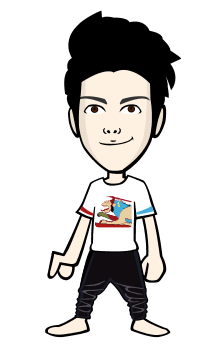The Alaskan Malamute features a powerful, sturdy body built for stamina and strength. It reigns as one of the oldest dog breeds whose original looks have not been significantly altered. This intelligent canine needs a job and consistent leadership to avoid becoming bored or challenging to handle.

Size
Males stand 25 inches high at the shoulder and should weigh about 85 pounds; females tend to stand 23 inches high and weigh about 75 pounds. However, it's not unusual for a well-muscled adult to top 100 pounds. In rare instances, so-called "giant" versions top 140 pounds, but the Malamute body is not designed to carry excess weight.
Personality
Alaskan Malamutes will win you over with their playful, outgoing dispositions. They greet everyone as a friend — even strangers and first-time houseguests — so they don't make good watchdogs, but they are extremely loyal to their family and friends. Malamutes are pack animals, and they enjoy spending time with their human pack, insisting on being included in all activities that their family undertakes. They're not big-time barkers, but they do howl and they're known for making a characteristic "woo woo" sound.
Temperament is affected by a number of factors, including heredity, training, and socialization. Puppies with nice temperaments are curious and playful, willing to approach people and be held by them. Choose the middle-of-the-road puppy, not the one who's beating up his littermates or the one who's hiding in the corner.
Always meet at least one of the parents — usually the mother is the one who's available — to ensure that they have nice temperaments that you're comfortable with. Meeting siblings or other relatives of the parents is also helpful for evaluating what a puppy will be like when he grows up.
Like every dog, Alaskan Malamutes need early socialization — exposure to many different people, sights, sounds, and experiences — when they're young. Socialization helps ensure that your Malamute puppy grows up to be a well-rounded dog.
Enrolling him in a puppy kindergarten class is a great start. Inviting visitors over regularly, and taking him to busy parks, stores that allow dogs, and on leisurely strolls to meet neighbors will also help him polish his social skills.
Feeding
Recommended daily amount: 4 to 5 cups of high-quality dry food a day, divided into two meals.
NOTE: How much your adult dog eats depends on his size, age, build, metabolism, and activity level. Dogs are individuals, just like people, and they don't all need the same amount of food. It almost goes without saying that a highly active dog will need more than a couch potato dog. The quality of dog food you buy also makes a difference — the better the dog food, the further it will go toward nourishing your dog and the less of it you'll need to shake into your dog's bowl.
Keep your Malamute in good shape by measuring his food and feeding him twice a day rather than leaving food out all the time. If you're unsure whether he's overweight, give him the eye test and the hands-on test.
First, look down at him. You should be able to see a waist. Then place your hands on his back, thumbs along the spine, with the fingers spread downward. You should be able to feel but not see his ribs without having to press hard. If you can't, he needs less food and more exercise.
For more on feeding your Malamute, see our guidelines for buying the right food, feeding your puppy, and feeding your adult dog.



